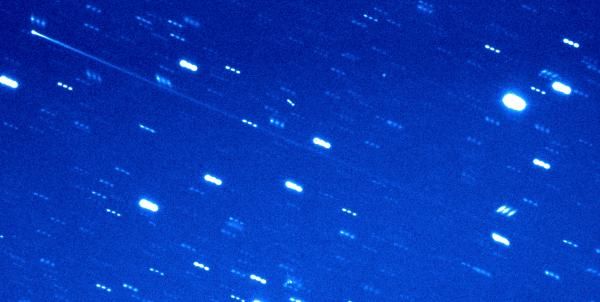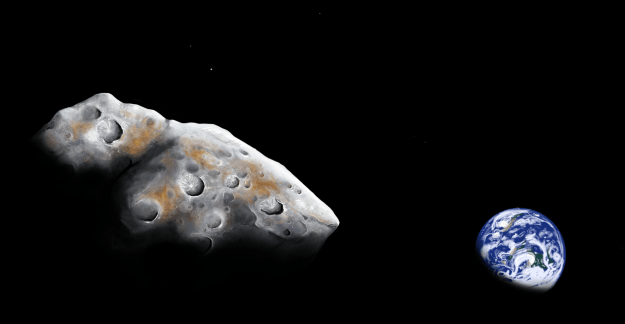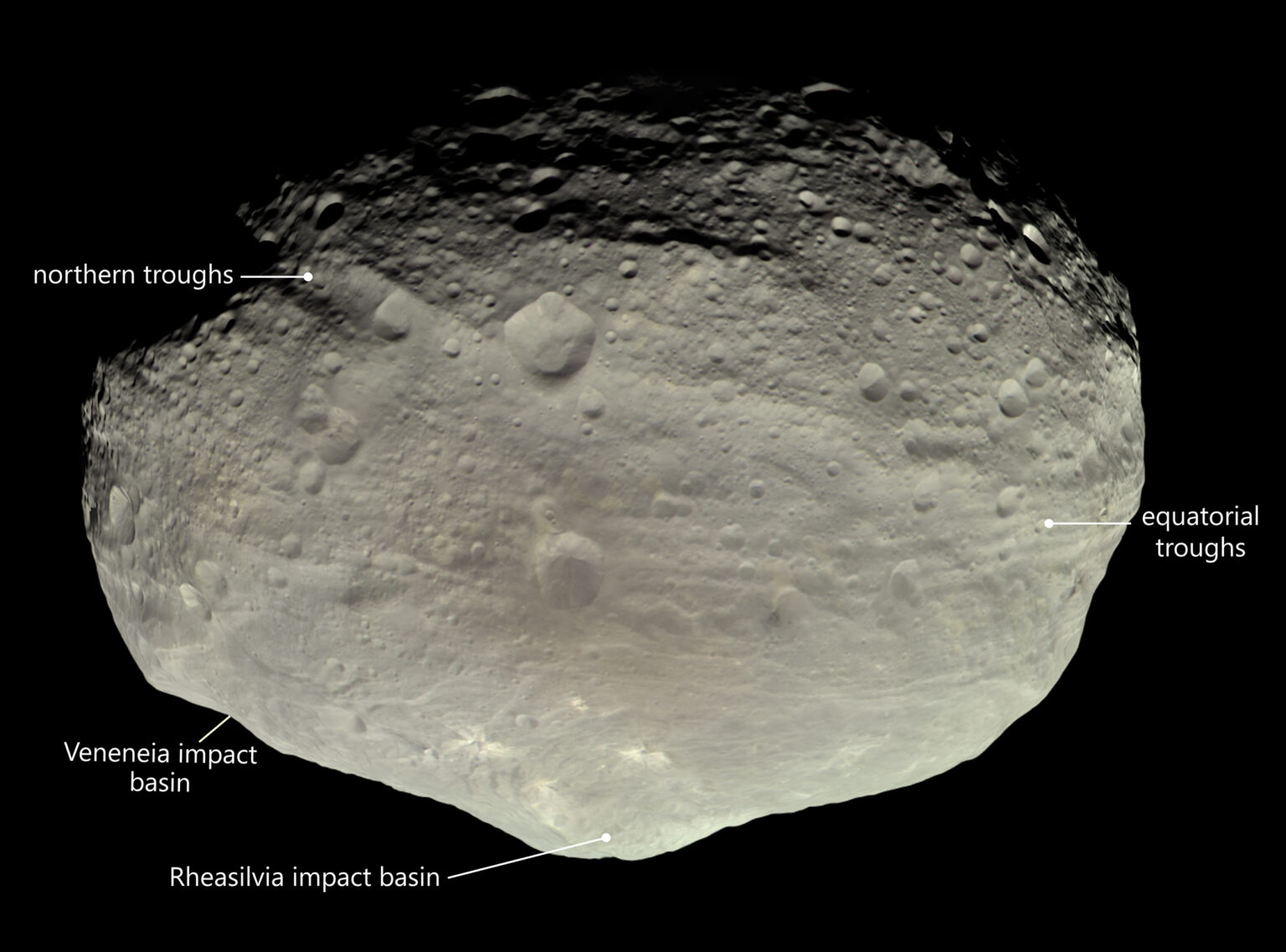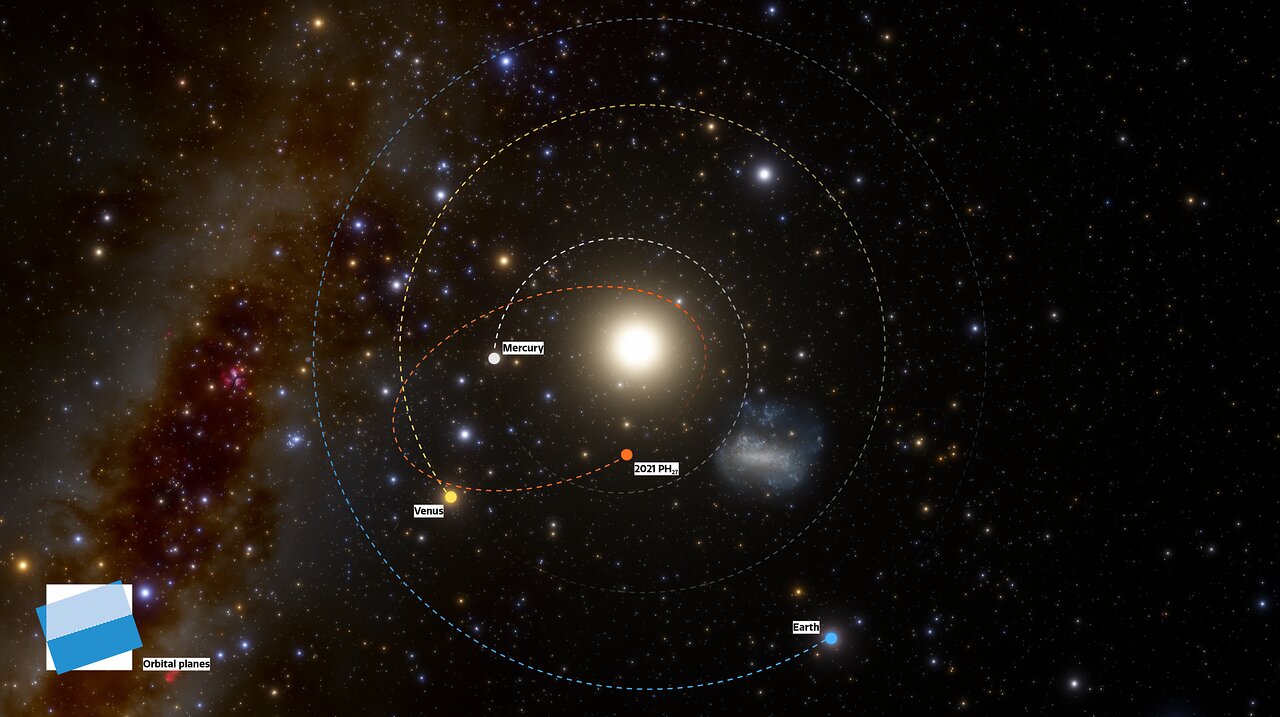Imagine a scenario where we detect an asteroid heading straight for Earth. Imagine that it will arrive in a couple of days, or worse, only a few hours. What could be done to stop it?
It might be possible to protect ourselves and the planet on such short notice. But we’d have to test and build the right infrastructure to do it.
Continue reading “What Are Your Options When you’ve Only Got Hours or Days to Prevent an Asteroid Impact?”









